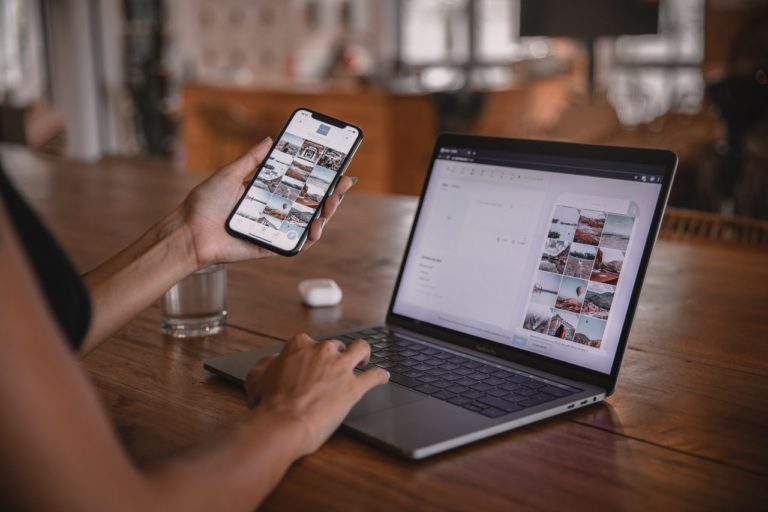In today’s world, staying up-to-date on the latest technology is more critical than ever. Not only can it make your life easier, but it can also help you to be more connected and productive. One area where this is especially true is in the area of accessibility. Whether you have a disability or are simply aging, there are several ways that new technology can help you maintain your independence and quality of life.
So if you’re not already familiar with what’s out there, it’s worth researching. You might be surprised at just how much new technology can help you. Below are some examples of how assistive devices are shaping patient care.
Hearing Aids
If you have difficulty hearing, there are now different types of hearing aids available that can help. In the past, hearing aids were bulky and uncomfortable to wear. They also didn’t always provide clear sound.
But today’s hearing aids are much smaller and more comfortable. They also offer a variety of features that can make it easier to hear in different environments. For example, some hearing aids can connect wirelessly to your phone or other devices. This feature allows you to stream audio directly to your hearing aid, which can be helpful if you’re in a noisy environment.
There are also hearing aids that come with apps. These apps allow you to adjust the settings on your hearing aid from your phone. It can be helpful if your hearing aid isn’t working well in certain situations.
So, if you’re struggling with hearing loss, there are now more options than ever. And with new technology, you can find a hearing aid that meets your specific needs.
Wheelchairs
As people age, it can become more challenging to get around. That is especially true if you have a disability that makes walking hard. According to a study, about 35% of people over 70 have a disability limiting their mobility.
But new technology is making it easier for people to get around. For example, there are now power wheelchairs that can be controllable with a joystick. It allows people with limited arm movement to still use a wheelchair.
There are also all-terrain wheelchairs. These wheelchairs can cover different types of terrain, which can be helpful if you live in a rural area. And there are even wheelchairs that fold up, which makes them easier to transport.
If you or someone you know is having trouble getting around, modern wheelchairs can help. With new technology, you can find a wheelchair that’s right for your specific needs.

Smart Glasses
Vision issues can make it hard to do everyday activities. But new technology makes it possible for people with vision problems to stay independent. For example, smart glass aids for the visually impaired.
These glasses have a built-in camera that captures images and then displays them on the lenses. It can be helpful if you have central or peripheral vision loss. There are also smart glasses that can read text. These glasses use a camera to capture text images and display the text on the lenses. It can be helpful if you’re struggling to read printed material.
Whatever your vision problem, there are now smart glasses that can help. And with new technology, you can find a pair of glasses that meets your specific needs.
Patient Monitoring Devices
There are also new devices that can help doctors to monitor their patients. For example, there are now devices that can track a patient’s vital signs. These devices can be worn on the body or placed in the home.
As these devices help doctors keep track of a patient’s health, it allows for more flexibility in patient care. For example, a doctor may be able to see if a patient’s blood pressure is rising. And if it is, the doctor can take steps to prevent any health complications.
Some devices can help doctors to monitor a patient’s medications. These devices can remind patients to take their medication and track whether they’ve taken it. It can be helpful for patients who have difficulty remembering to take their medication.
So, there are now many devices that can help doctors to monitor their patients. And with new technology, you can find a device that meets your specific needs.
New technology is changing the way that patient care is delivered. With new devices, doctors can provide better care for their patients. And patients can also find devices that meet their specific needs. Whether you’re struggling with hearing loss, vision, or mobility issues, new devices can help. So don’t hesitate to ask your doctor how new technology can help you.

















